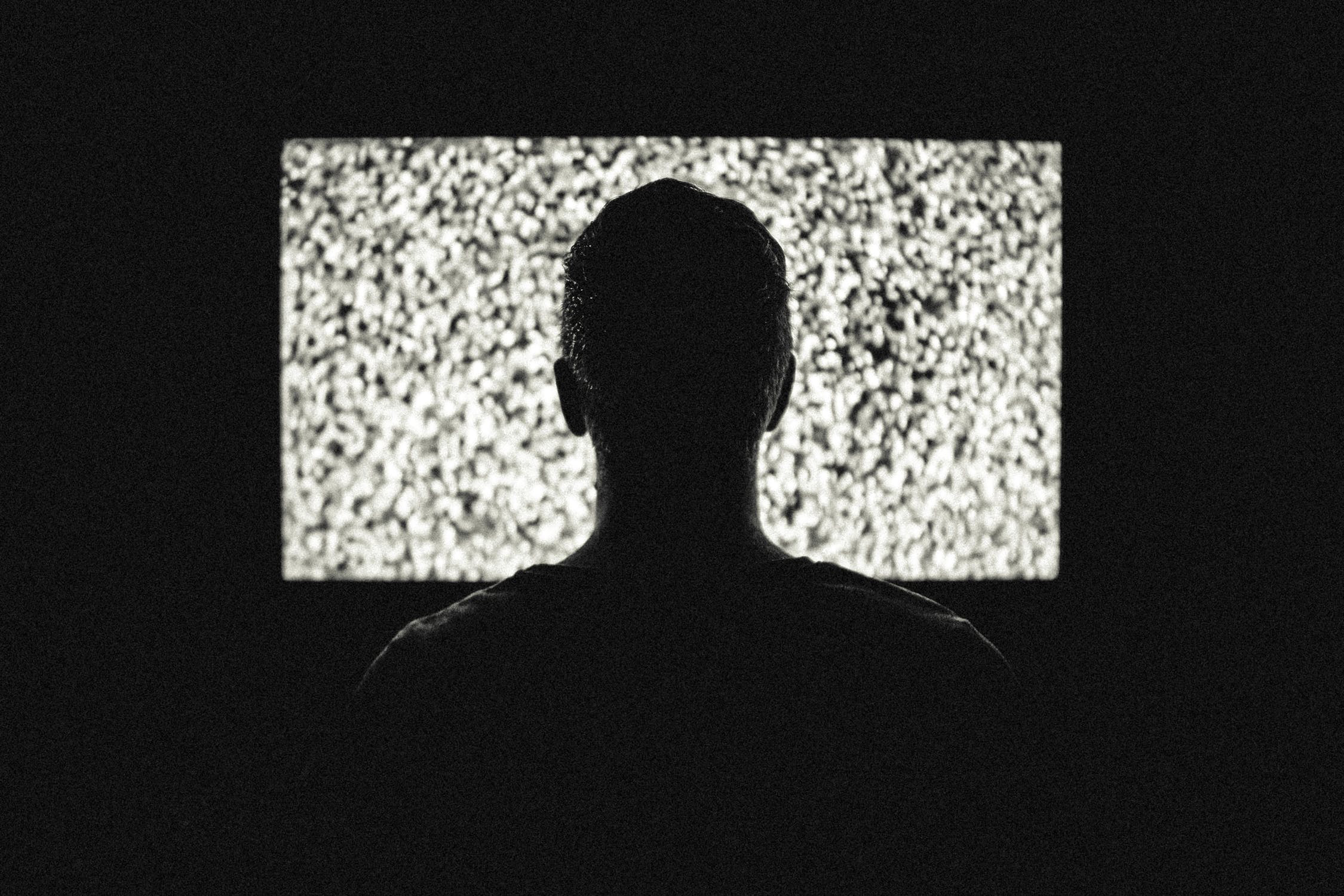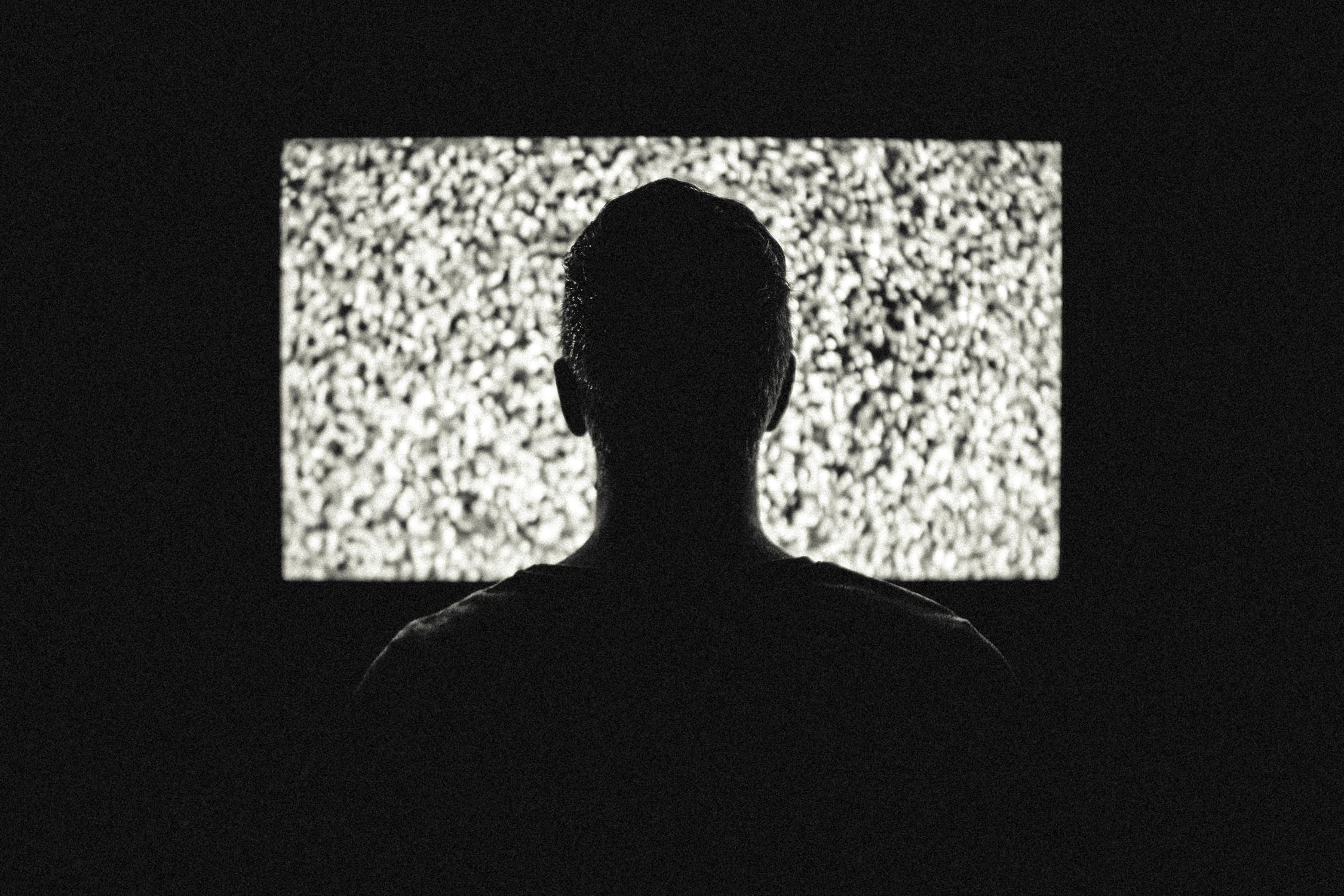Music in Horror Movies

One of the most important aspects of any horror movie is the music, the score. You might not be aware just how important the score is to the horror genre. As the music in horror and thriller films are used to increase fear levels and tension, music in horror is probably the most important, except for a musical of course, in regards to film. The fear factor of nearly every horror film, with the exception of “reality horror” films such as ‘The Blair witch’ etc.; The horror would decrease dramatically, if not disappear, without the score. Just imagine the shower scene in ‘Psycho’ without the shrieking violins, or the thunderous music as ‘Jaws’ approaches gone. It would completely dull the fear factor for the audience. Just try muting the T.V next time you watch one of these horror scenes.
As with most elements in the horror genre, especially the slasher genre, the importance of music emerged with Alfred Hitchcock’s ‘Psycho.’ It seems hard to believe that Hitchcock didn’t want any music for the shower scene originally. Bernard Herrmann wrote it anyway, and after hearing it, Hitchcock thought it was too good to discard. The music in ‘Psycho’, and in particular - the shower scene music, is fundamental for the evolution of music in the horror genre. The violin in that scene is so effective because it is used as percussion, suggesting knife strokes.
From ’Psycho’ onwards, horror movies and Hollywood started to pay attention to the score and sound effects more and more. One memorable and excellent example of this is the ‘Tubular bells’ in ‘The Exorcist.’ These bells are so synonymous with the movie, and yet they appear in unthreatening scenes. Yet as soon as you hear them, you see the movie in your mind.
As horror movies moved on, music became more and more important. For example, the “auditory symbol” in horror. If you think about nearly any horror movie, the film will have an auditory symbol; a distinct piece of music that audiences recognise from that film, and usually with a specific monster or killer. This certain melody or piece of music serves as a sign of the monster or killer. This is usually achieved by taking a portion of the films prominent scores or sounds and assigning it to the villain by playing it whenever the villain’s presence is needed to be recognised by the audience. This creates a bond between auditory and visuals of the villain and works brilliantly, making sure that you always associate that music with that character or horror movie. It also allows film makers the ability to introduce the villain without showing him or her. This can work very effectively in a scene with building tension, or as a false scare, but particularly in the first building stage of a hectic chase scene or murder.
There are many examples of these in film, most can be associated with one of the many slasher killers. For example, in ‘Halloween’ John Carpenter’s three note tense music is associated with the killer Michael Myers. In ‘Friday the 13th’ the score of the whispered “Kkkk, mummm” is associated with Jason Voorhees (based on Mrs. Voorhees “Kill her mummy” from the original.) One very important and clever departure while still staying within the theme can be found with the jump rope song of “One two, Freddy’s coming for you” etc; which is obviously associated with Freddy Krueger and ‘A Nightmare on Elm Street’, not to mention the dream like music score also associated with the film provided by Charles Bernstein.
Another very important aspect is “musical cues” in horror films – preparing the audience for the scare. This is where in modern horror films the audience can predict when a scare is coming or when some modern horror re-makes rely primarily on music jumps to scare the audience, rather than building fear with all aspects of film. These music build-ups are easily recognised to create tension, for example when a potential victim approaches a closed door. This is followed by an orchestral hit as the victim opens the door to encounter the killer, or as a fake scare, moments before the real one. This is the type of music cue that is becoming more and more common in horror films. Whenever the audience hears this build up, it knows that something is going to happen.
Recently horror has also started including music in its soundtracks to increase sales for example in movies such as ‘Scream’, which soundtrack was a best seller. Modern alternative horror music – rock music, is increasingly found in horror films as well.
Music, over the years, has become more and more important in horror.
As with most elements in the horror genre, especially the slasher genre, the importance of music emerged with Alfred Hitchcock’s ‘Psycho.’ It seems hard to believe that Hitchcock didn’t want any music for the shower scene originally. Bernard Herrmann wrote it anyway, and after hearing it, Hitchcock thought it was too good to discard. The music in ‘Psycho’, and in particular - the shower scene music, is fundamental for the evolution of music in the horror genre. The violin in that scene is so effective because it is used as percussion, suggesting knife strokes.
From ’Psycho’ onwards, horror movies and Hollywood started to pay attention to the score and sound effects more and more. One memorable and excellent example of this is the ‘Tubular bells’ in ‘The Exorcist.’ These bells are so synonymous with the movie, and yet they appear in unthreatening scenes. Yet as soon as you hear them, you see the movie in your mind.
As horror movies moved on, music became more and more important. For example, the “auditory symbol” in horror. If you think about nearly any horror movie, the film will have an auditory symbol; a distinct piece of music that audiences recognise from that film, and usually with a specific monster or killer. This certain melody or piece of music serves as a sign of the monster or killer. This is usually achieved by taking a portion of the films prominent scores or sounds and assigning it to the villain by playing it whenever the villain’s presence is needed to be recognised by the audience. This creates a bond between auditory and visuals of the villain and works brilliantly, making sure that you always associate that music with that character or horror movie. It also allows film makers the ability to introduce the villain without showing him or her. This can work very effectively in a scene with building tension, or as a false scare, but particularly in the first building stage of a hectic chase scene or murder.
There are many examples of these in film, most can be associated with one of the many slasher killers. For example, in ‘Halloween’ John Carpenter’s three note tense music is associated with the killer Michael Myers. In ‘Friday the 13th’ the score of the whispered “Kkkk, mummm” is associated with Jason Voorhees (based on Mrs. Voorhees “Kill her mummy” from the original.) One very important and clever departure while still staying within the theme can be found with the jump rope song of “One two, Freddy’s coming for you” etc; which is obviously associated with Freddy Krueger and ‘A Nightmare on Elm Street’, not to mention the dream like music score also associated with the film provided by Charles Bernstein.
Another very important aspect is “musical cues” in horror films – preparing the audience for the scare. This is where in modern horror films the audience can predict when a scare is coming or when some modern horror re-makes rely primarily on music jumps to scare the audience, rather than building fear with all aspects of film. These music build-ups are easily recognised to create tension, for example when a potential victim approaches a closed door. This is followed by an orchestral hit as the victim opens the door to encounter the killer, or as a fake scare, moments before the real one. This is the type of music cue that is becoming more and more common in horror films. Whenever the audience hears this build up, it knows that something is going to happen.
Recently horror has also started including music in its soundtracks to increase sales for example in movies such as ‘Scream’, which soundtrack was a best seller. Modern alternative horror music – rock music, is increasingly found in horror films as well.
Music, over the years, has become more and more important in horror.
You Should Also Read:
A NIGHTMARE ON ELM STREET DVD REVIEW
CANDYMAN REVIEW
PSYCHOLOGICAL HORROR

Related Articles
Editor's Picks Articles
Top Ten Articles
Previous Features
Site Map
Content copyright © 2023 by Steven Casey Murray. All rights reserved.
This content was written by Steven Casey Murray. If you wish to use this content in any manner, you need written permission. Contact Steven Casey Murray for details.




